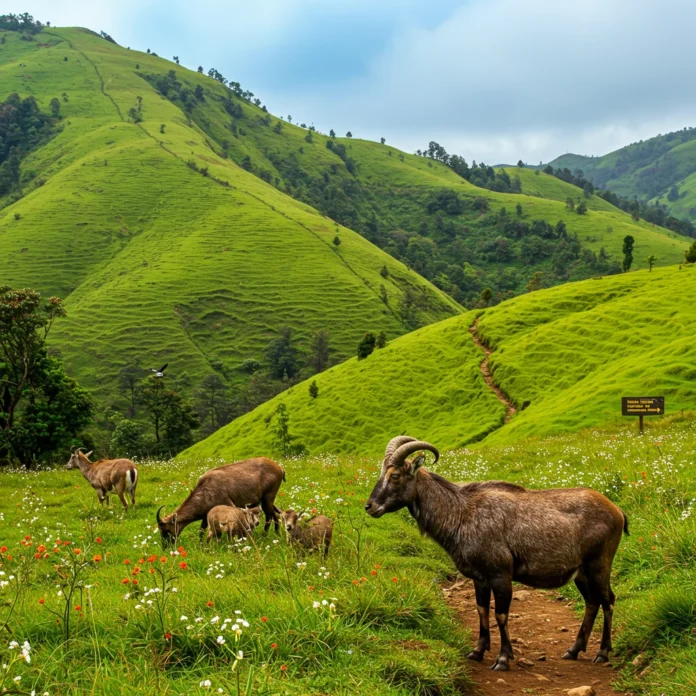Introduction to Eravikulam National Park
Many travelers seek an authentic encounter with the natural world, and Eravikulam National Park stands as a remarkable destination for those who appreciate biodiversity, scenic beauty, and conservation. This protected area in Kerala, India, is renowned for its lush landscapes, endemic wildlife, and unique ecological significance.

Before planning a visit, it is helpful to understand the park’s location, history, and what sets it apart from other wildlife destinations in South India. Let us guide you through the essential details to help you prepare for a memorable trip.
Where Is Eravikulam National Park Located?
Eravikulam National Park is situated in the Idukki district of Kerala, close to the popular hill station of Munnar. The park stretches along the Western Ghats, a UNESCO World Heritage Site recognized for its ecological richness.
Its proximity to Munnar makes it easily accessible for travelers exploring the region’s tea estates and misty hills. The park’s elevation ranges from 1,200 to 2,695 meters, offering a cool and refreshing climate year-round.
Brief History of Eravikulam National Park
The origins of Eravikulam National Park trace back to the early 20th century, when it was established as a game reserve by the Kannan Devan Hill Produce Company. Later, recognizing its ecological importance, authorities declared it a national park in 1978.
This transition marked a shift from hunting grounds to a stronghold for conservation, particularly for the endangered Nilgiri Tahr. Today, the park symbolizes Kerala’s commitment to preserving its natural heritage.
Why Visit Eravikulam National Park?
What motivates visitors to choose Eravikulam over other parks? The answer lies in its unique combination of rare wildlife, panoramic vistas, and tranquil ambiance. The park is home to the largest surviving population of the Nilgiri Tahr and boasts a rich variety of flora and fauna.
For those who appreciate both adventure and serenity, Eravikulam offers opportunities for trekking, wildlife observation, and photography amid rolling grasslands and shola forests.
Overview of the Park’s Unique Features
Eravikulam stands out for its montane grasslands interspersed with shola patches—a habitat type found almost exclusively in the Western Ghats. The park’s highest peak, Anamudi, is the tallest in South India, drawing trekkers and nature lovers alike.
Another highlight is the rare blooming of the Neelakurinji flower, which transforms the hillsides into a sea of blue once every twelve years. This phenomenon attracts visitors from across the globe.
How to Reach Eravikulam National Park
Reaching Eravikulam National Park is straightforward, with multiple transport options available for both domestic and international travelers. Planning your journey in advance ensures a smooth and enjoyable experience.
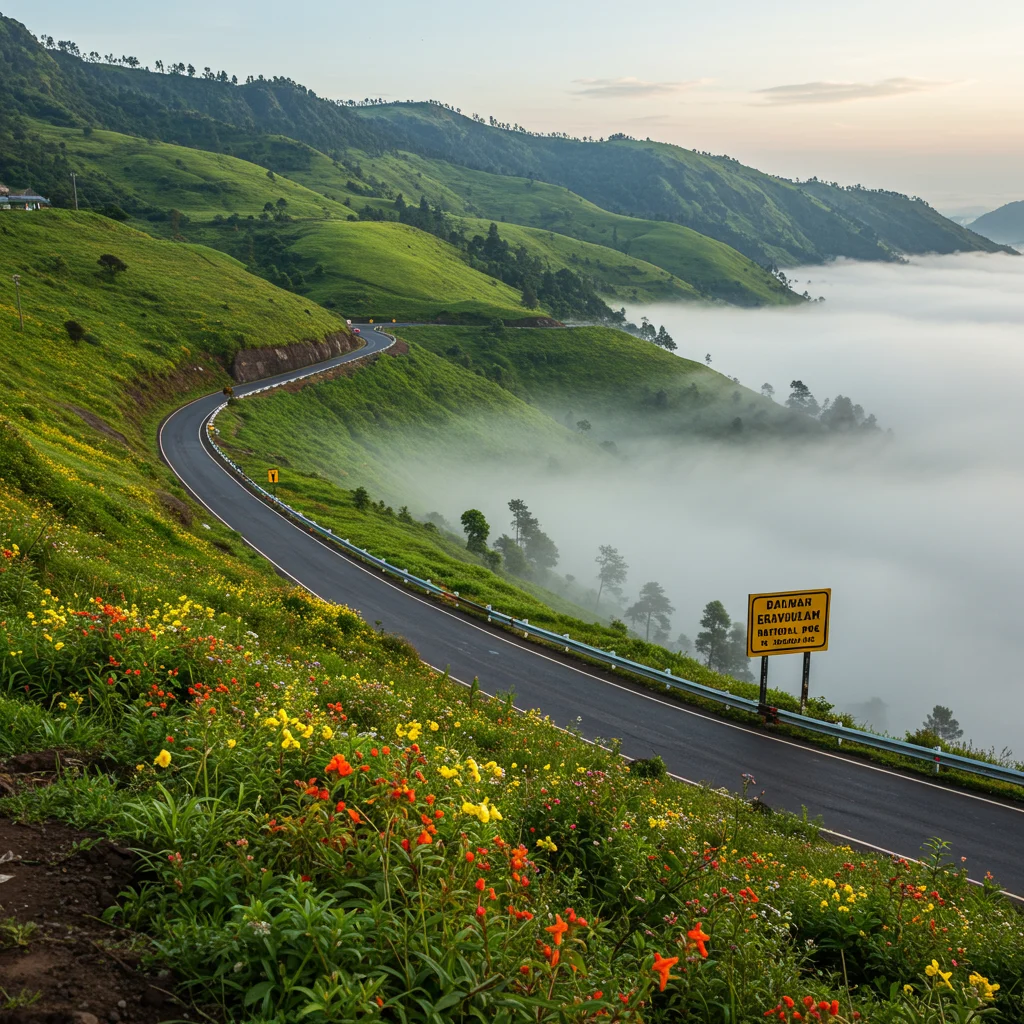
By Road: Access and Directions
The park is well-connected by road, with Munnar serving as the main gateway. From Munnar town, Eravikulam is approximately 13 kilometers away, accessible by taxi, private car, or local bus.
- From Kochi: About 130 km (4 hours by car)
- From Coimbatore: Approximately 150 km
- Clear signboards guide visitors from Munnar to the park entrance
By Rail: Nearest Railway Stations
For those traveling by train, the closest major railway stations are:
- Aluva (120 km from Munnar)
- Ernakulam Junction (130 km from Munnar)
- Coimbatore Junction (165 km from Munnar)
From these stations, onward travel by taxi or bus is recommended to reach Munnar and subsequently the park.
By Air: Closest Airports
The nearest airport to Eravikulam National Park is Cochin International Airport, located about 120 kilometers from Munnar. Other options include Madurai Airport (140 km) and Coimbatore International Airport (165 km).
Airport taxis and pre-arranged transfers are readily available for a comfortable journey to the park.
Best Time to Visit Eravikulam National Park
Choosing the right season can significantly enhance your park experience. Weather patterns and park schedules influence both wildlife sightings and visitor comfort.
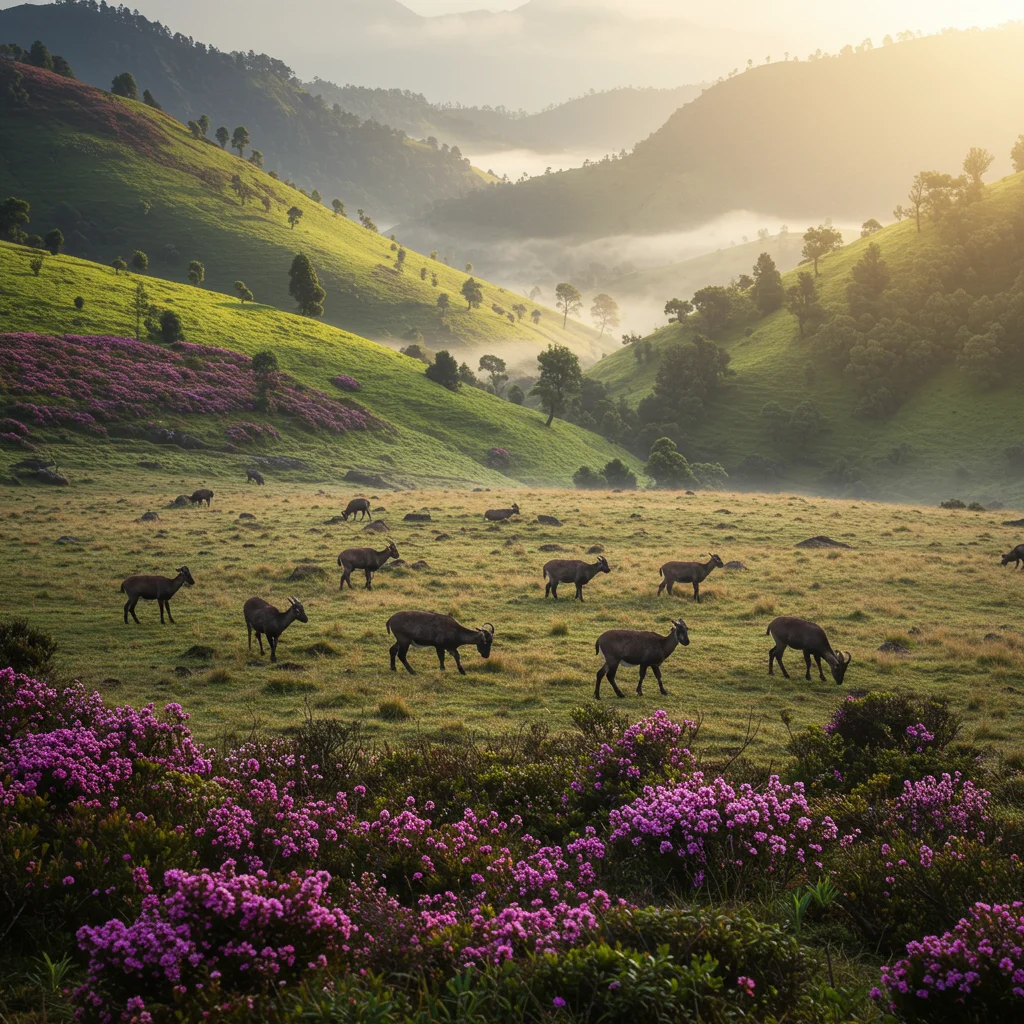
Seasonal Weather and Climate
Eravikulam enjoys a cool, pleasant climate for most of the year. The best months to visit are from September to May, when temperatures range between 15°C and 25°C.
The monsoon season (June to August) brings heavy rainfall, which can limit access and obscure scenic views. Clear skies and lush greenery make the post-monsoon months particularly attractive.
When Does the Park Close for Calving Season?
One important consideration is the annual closure for the Nilgiri Tahr calving season, usually from February to March. During this period, authorities restrict visitor entry to protect the animals and their young.
We recommend checking official announcements or the Viator booking page for the latest updates on park opening dates.
Ticketing Information for Eravikulam National Park
Understanding the ticketing system is essential for a hassle-free visit. The park offers several ticket options, and both online and onsite purchase methods are available.
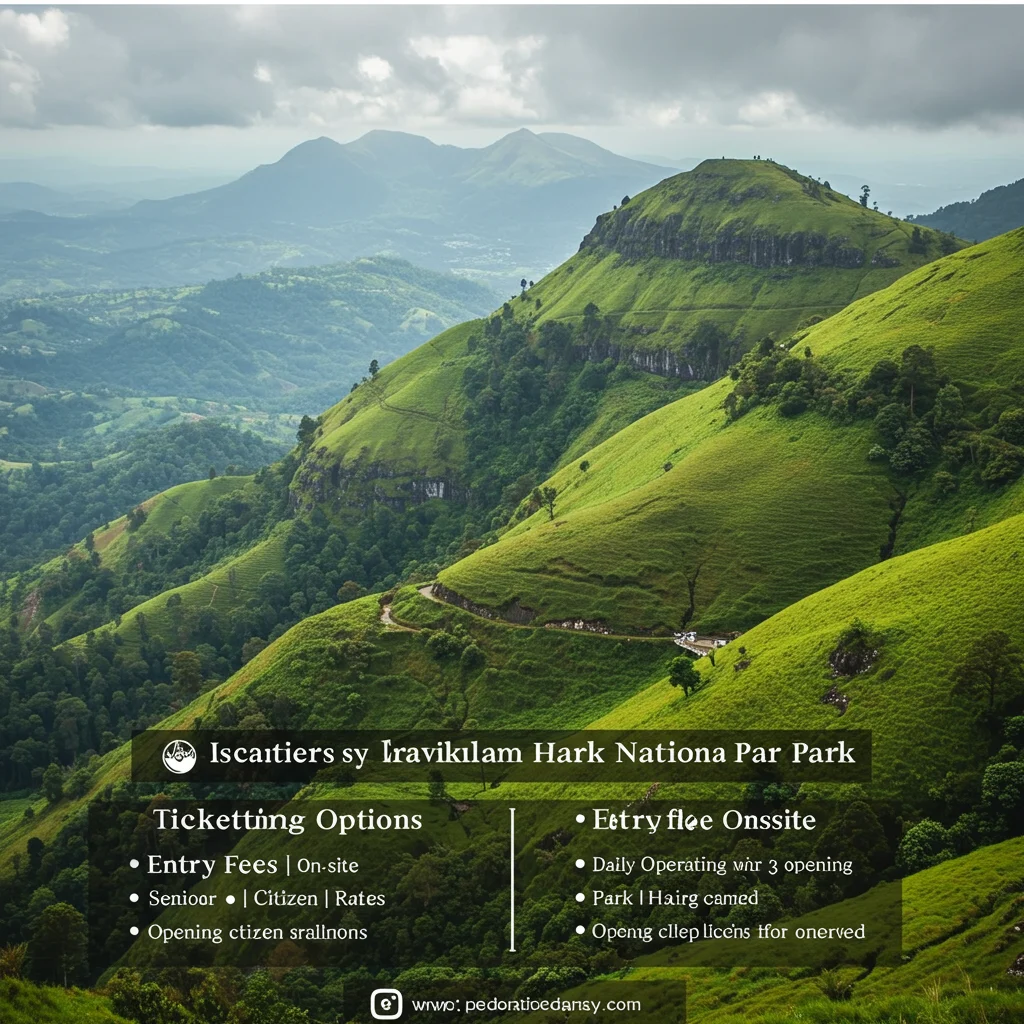
What Are the Different Types of Tickets Available?
Visitors can choose from various ticket categories, including:
- General entry tickets for Indian nationals
- Tickets for foreign nationals
- Concessional rates for children and students
- Separate charges for cameras and video equipment
Online Ticket Booking Process
Booking tickets online is highly recommended, especially during peak season. Online platforms allow you to select your preferred date and time slot, ensuring entry without long queues.
To book activities and reserve your entry, follow the instructions on the Viator page, where you can review availability, pricing, and inclusions.
Onsite Ticket Purchase: What to Expect
Onsite ticket counters are available at the park entrance. However, during weekends and holidays, queues can be lengthy. Early arrival is advisable to secure your preferred time slot.
Payment is typically accepted in cash and, at some counters, by card. Carrying a valid ID is mandatory for all ticket purchases.
Ticket Prices for Indian and Foreign Nationals
Ticket prices differ for Indian and foreign visitors. As of the latest update, approximate rates are:
- Indians: INR 200 per adult
- Foreigners: INR 500 per adult
- Children (5-12 years): INR 100
- Camera charges: Additional fee applies
Exact prices may vary, so we recommend checking the Viator booking page for the most current rates.
Are There Discounts or Concessions?
Discounted rates are available for children, students, and certain groups. Valid identification is required to claim concessions.
Group bookings may also attract special rates, subject to availability and park regulations.
Entry Timings and Duration of Visit
The park generally opens from 7:30 AM to 4:00 PM. Entry is allowed in batches, and the average visit lasts 2–3 hours, including the shuttle ride and exploration time.
We suggest arriving early to make the most of your visit and avoid midday crowds.
Essential Documents Needed for Entry
All visitors must present a valid government-issued photo ID at the entrance. Foreign nationals should carry their passport and visa details.
For concessional tickets, additional documents such as student ID cards may be required.
Rules and Regulations for Visitors
Maintaining the delicate balance of Eravikulam’s ecosystem requires strict adherence to park rules. Understanding these guidelines helps protect both wildlife and visitors.
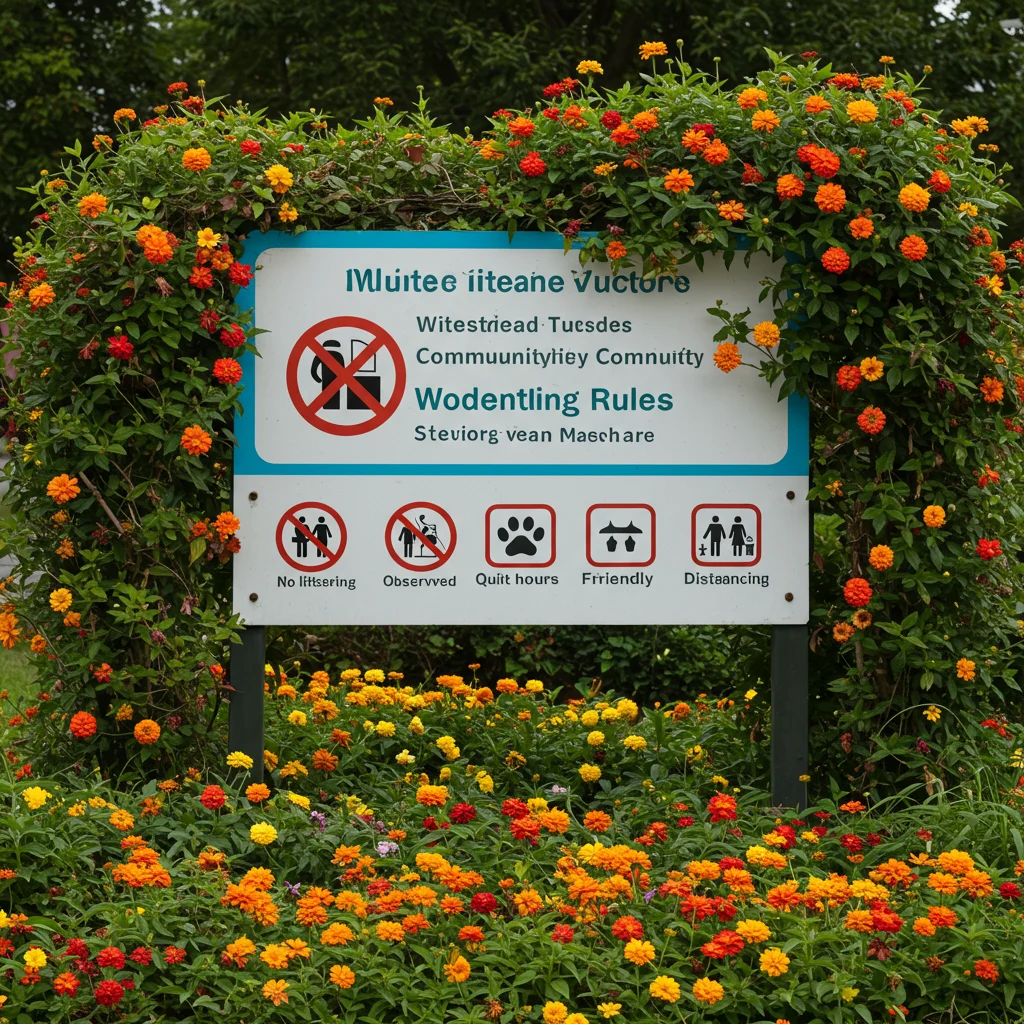
Permitted and Prohibited Activities
Permitted activities within the park include wildlife viewing, guided trekking, and nature photography. However, certain actions are strictly prohibited:
- Littering or discarding waste
- Feeding or disturbing animals
- Smoking or lighting fires
- Collecting plants or animal products
Do’s and Don’ts Inside the Park
We encourage all visitors to:
- Follow marked trails and designated paths
- Maintain silence to avoid startling wildlife
- Respect the privacy of animals
Conversely, avoid using loud music, flash photography near animals, or attempting to approach wildlife closely.
Eco-Friendly Practices Encouraged
Eravikulam promotes sustainable tourism. Visitors are urged to use reusable water bottles, minimize plastic use, and carry out all personal waste.
As experts often say:
“The true measure of a park’s value lies in how gently we tread within its boundaries, leaving only footprints and taking home memories.”
Wildlife Wonders of Eravikulam National Park
Eravikulam’s biodiversity is a major draw for nature enthusiasts. The park shelters a remarkable array of wildlife, from large mammals to vibrant birds and rare plants.
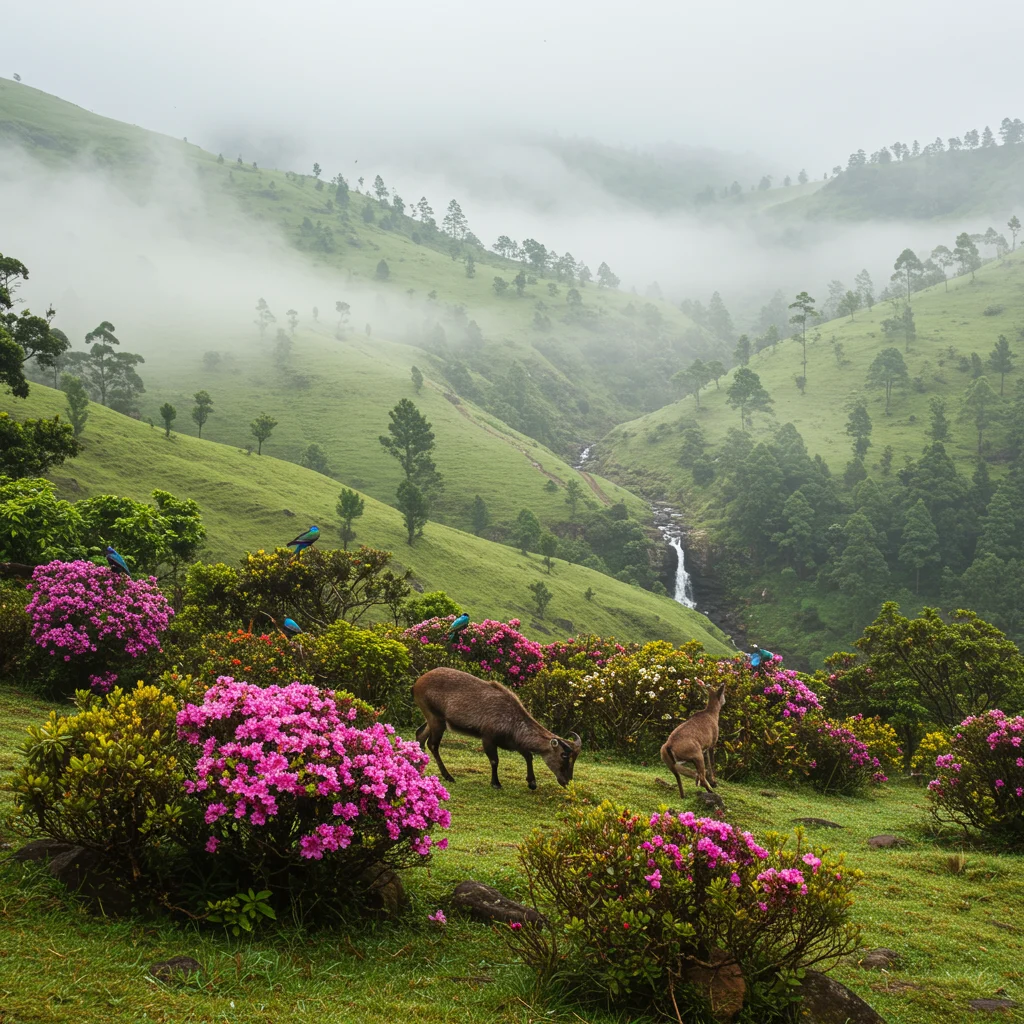
What Animals Can You Spot at Eravikulam?
The park’s star attraction is the Nilgiri Tahr, but visitors may also encounter sambar deer, leopards, Indian muntjac, and wild boar. Early morning and late afternoon are prime times for wildlife observation.
Nilgiri Tahr: The Endangered Icon
The Nilgiri Tahr is an endangered mountain goat found almost exclusively in the Western Ghats. Eravikulam supports the largest population of this species, making sightings highly probable.
Their sure-footed movements across steep slopes are a captivating sight, and observing them in their natural habitat is a privilege for conservation-minded travelers.
Other Mammals in the Park
Beyond the Nilgiri Tahr, Eravikulam is home to:
- Gaur (Indian bison)
- Stripe-necked mongoose
- Nilgiri marten
- Small Indian civet
These elusive animals contribute to the park’s ecological balance and intrigue for wildlife enthusiasts.
Birdwatching Opportunities and Notable Species
Birdwatchers can delight in over 130 recorded species, including the Nilgiri pipit, black-and-orange flycatcher, and Kerala laughingthrush. The park’s grasslands and sholas provide ideal habitats for endemic and migratory birds.
Carrying binoculars and a field guide enhances the birdwatching experience.
Reptiles and Amphibians of Eravikulam
Reptile and amphibian diversity includes the Travancore tortoise, green vine snake, and several species of frogs unique to the Western Ghats.
These creatures play vital roles in the ecosystem, and sharp-eyed visitors may spot them along shaded trails or near water sources.
Unique Flora and Plant Life
Eravikulam’s grasslands host a variety of endemic plants, including the famed Neelakurinji, which blooms once every twelve years. Shola forests harbor medicinal herbs, orchids, and rare ferns.
The interplay of mist, sunlight, and vibrant blooms creates a visually stunning landscape, especially during the flowering season.
Exploring the Park: Visitor Experience
Every visit to Eravikulam offers a blend of adventure, tranquility, and discovery. Understanding the park’s visitor system helps you make the most of your journey.

How Does the Safari System Work?
Access to the core visitor zone is regulated through a shuttle bus system. Private vehicles are not allowed beyond the entrance, ensuring minimal disturbance to wildlife.
Buses depart at regular intervals, transporting visitors to the Rajamalai region, where walking trails and viewpoints await.
Guided Tours vs. Self-Guided Visits
Guided tours provide expert insights into the park’s flora, fauna, and history. Guides share anecdotes and point out elusive wildlife, enriching your experience.
Alternatively, self-guided visits allow for flexible pacing and personal exploration. Both options can be booked through Viator for added convenience.
Popular Trekking Trails and Their Difficulty
Eravikulam offers several trekking routes, ranging from easy walks to moderate hikes. The most popular trail leads from the shuttle drop-off point to the Anamudi view, offering panoramic vistas and wildlife sightings.
- Rajamalai Trail: Easy, suitable for families
- Anamudi Base Trek: Moderate, requires prior permission
Rajamalai Region: Main Visitor Zone
The Rajamalai region forms the park’s main visitor area. Here, you will find well-maintained trails, viewing platforms, and interpretive signage.
This zone is carefully managed to balance visitor access with conservation needs.
What to Expect During the Neelakurinji Bloom?
The Neelakurinji bloom is a breathtaking spectacle, turning the hillsides blue and attracting large crowds. The next bloom is anticipated in 2030, and accommodations fill quickly during this period.
Visitors during the bloom should plan ahead, book tickets early, and prepare for high demand at local facilities.
Photography Tips and Best Spots
For photographers, early morning and late afternoon provide the best natural light. The Anamudi viewpoint, grassland ridges, and shola forest edges offer stunning backdrops.
- Use a telephoto lens for wildlife shots
- Respect animal boundaries and avoid flash
- Capture wide-angle landscapes during misty mornings
Facilities and Amenities in the Park
Eravikulam National Park offers a range of visitor amenities, ensuring comfort and accessibility for all guests.

Visitor Centers and Interpretation Halls
The park’s visitor center features educational exhibits, maps, and information about local ecology. Interpretation halls provide detailed insights into conservation efforts and species diversity.
Staff are available to answer questions and assist with planning your route.
Restrooms and Refreshment Options
Clean restrooms are located at the entrance and in the main visitor zone. Limited refreshment stalls offer snacks, bottled water, and beverages.
We recommend carrying your own water and light snacks, especially during peak hours.
Parking and Accessibility
Ample parking is available near the park entrance for cars and buses. Shuttle buses transport visitors into the core zone, reducing vehicular congestion and emissions.
Is the Park Wheelchair Accessible?
Certain areas of the park, including the visitor center and initial sections of the main trail, are wheelchair accessible. However, some trails may be challenging due to steep gradients and uneven terrain.
We suggest contacting park authorities in advance for detailed accessibility information.
Accommodation Near Eravikulam National Park
Finding the right place to stay enhances your overall experience. Options range from luxury resorts to budget lodges, catering to diverse preferences and budgets.

Staying Within the Park: Is It Possible?
Currently, overnight accommodation inside Eravikulam National Park is not permitted to protect wildlife and minimize human impact. Visitors must stay in nearby towns such as Munnar.
Recommended Hotels and Resorts Nearby
Munnar offers a variety of high-quality hotels and resorts, many with scenic views of the hills and tea plantations. Popular choices include:
- Tea County Munnar
- Fragrant Nature Munnar
- Parakkat Nature Hotels & Resorts
Budget Stays for Travelers
For those seeking value, Munnar features numerous budget-friendly lodges and guesthouses. These provide basic amenities and easy access to the park.
- Green Ridge Holiday Home
- Bellmount Resorts
- Clouds Valley Hotel
Camping and Eco-Lodges
Eco-lodges and nature campsites around Munnar provide immersive experiences for environmentally conscious travelers. These accommodations often support local conservation and community initiatives.
Dining Options Near the Park
After a day of wildlife viewing, savoring local cuisine can be a highlight of your trip. Munnar’s dining scene offers both regional delicacies and familiar favorites.

Restaurants and Cafes in Munnar
Munnar town boasts a range of restaurants, from casual cafes to upscale dining establishments. Many offer beautiful views and a relaxed atmosphere, perfect for unwinding after your park visit.
Popular spots include Saravana Bhavan, Rapsy Restaurant, and SN Restaurant.
Local Cuisine to Try
Kerala’s culinary heritage shines in Munnar. We recommend tasting:
- Appam with stew
- Malabar parotta with spicy curries
- Freshly brewed local tea
Vegetarian and non-vegetarian options abound, ensuring something for every palate.
Packing Tips for Your Park Visit
Preparation is key to a comfortable and enjoyable park experience. Packing appropriately helps you adapt to changing weather and terrain.

Clothing and Footwear Recommendations
Layered clothing is ideal due to fluctuating temperatures. Choose lightweight, breathable fabrics for daytime and carry a light jacket for cooler mornings.
Sturdy, comfortable walking shoes or hiking boots are essential for navigating trails.
Essential Gear and Accessories
We suggest bringing:
- Sunscreen and a wide-brimmed hat
- Reusable water bottle
- Binoculars for wildlife and birdwatching
- Camera with extra batteries
- Raincoat or umbrella during monsoon months
Safety Tips for a Hassle-Free Experience
Your safety is a priority, both for your well-being and the protection of the park’s wildlife. Adhering to guidelines ensures a smooth and enjoyable visit.

Wildlife Safety Guidelines
Always maintain a safe distance from animals and avoid sudden movements or loud noises. Never attempt to feed or touch wildlife, as this can be dangerous for both parties.
Weather-Related Precautions
Be prepared for sudden weather changes, especially during the monsoon. Carry waterproof gear, and avoid trekking during heavy rain or foggy conditions.
Stay on marked trails to prevent accidents and minimize impact on sensitive habitats.
Health and Emergency Services
Basic first aid is available at the visitor center. For emergencies, Munnar town has hospitals and pharmacies within a short drive.
Carry necessary medications, and inform companions of any allergies or medical conditions before entering the park.
Sustainable Tourism at Eravikulam National Park
Responsible tourism supports conservation efforts and benefits local communities. Eravikulam is a model for eco-friendly practices in Indian wildlife tourism.
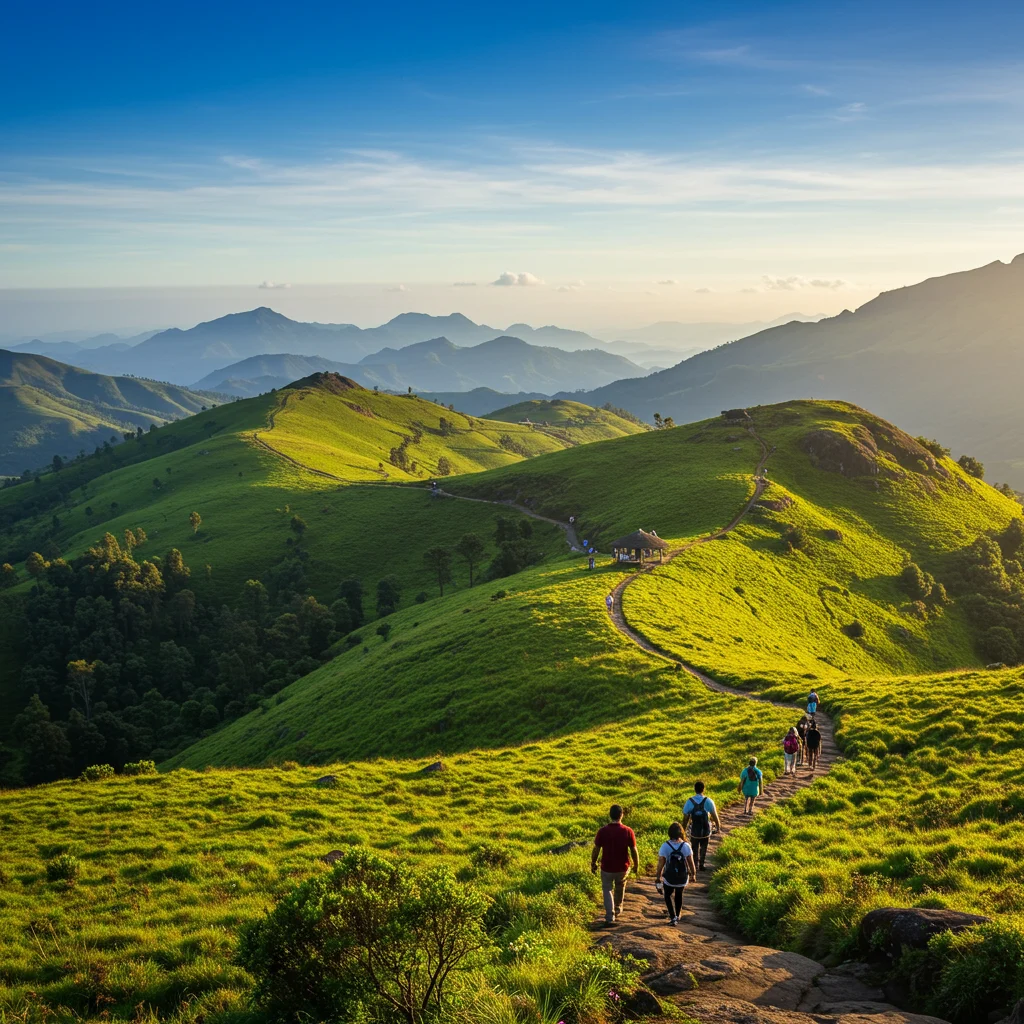
How Does the Park Support Conservation?
Park authorities implement habitat restoration, anti-poaching patrols, and scientific monitoring of key species. Visitor fees contribute directly to these initiatives.
Community Involvement and Eco-Tourism Initiatives
Local communities participate in eco-tourism programs, guiding visitors and managing homestays. These initiatives provide sustainable livelihoods and foster stewardship of natural resources.
Tips for Responsible Wildlife Watching
We encourage travelers to:
- Follow all park rules and respect wildlife boundaries
- Support local guides and eco-friendly businesses
- Minimize plastic use and dispose of waste responsibly
By making conscious choices, each visitor contributes to the long-term protection of Eravikulam’s unique ecosystems.
Nearby Attractions to Combine With Your Visit
Enhance your trip by exploring other attractions around Munnar and the Western Ghats. The region offers cultural, historical, and natural sites of interest.
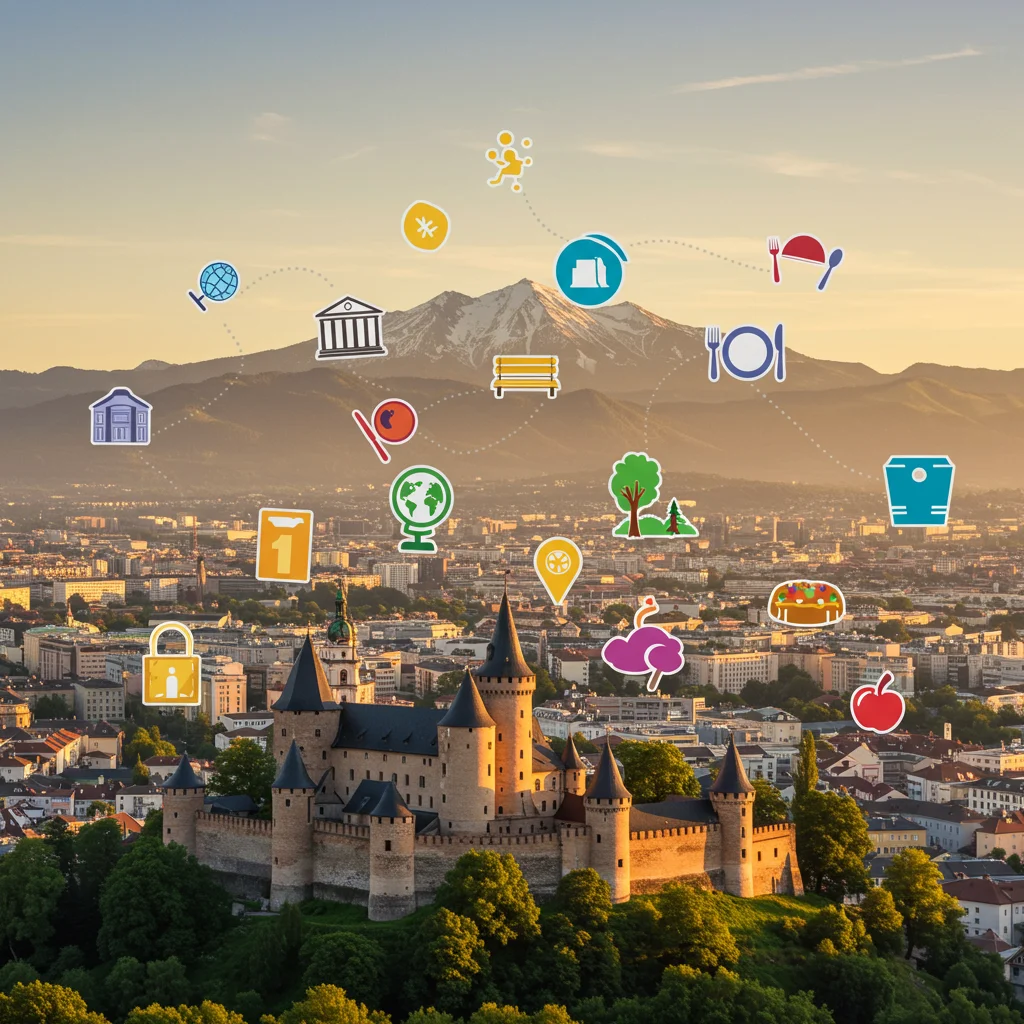
Top Places to See Around Munnar
Popular sites include:
- Mattupetty Dam
- Echo Point
- Kundala Lake
- Attukad Waterfalls
Tea Plantations and Museums
Munnar’s tea plantations are world-famous. Guided tours offer insights into tea processing, history, and tasting. The Tea Museum showcases the region’s rich heritage.
Other Wildlife Sanctuaries in Kerala
For those with a keen interest in wildlife, consider visiting:
- Chinnar Wildlife Sanctuary
- Periyar Tiger Reserve
- Thattekad Bird Sanctuary
Each sanctuary offers distinct landscapes and species, making Kerala a rewarding destination for nature lovers.
Frequently Asked Questions About Eravikulam Park
We address some common queries to help you prepare for your visit.
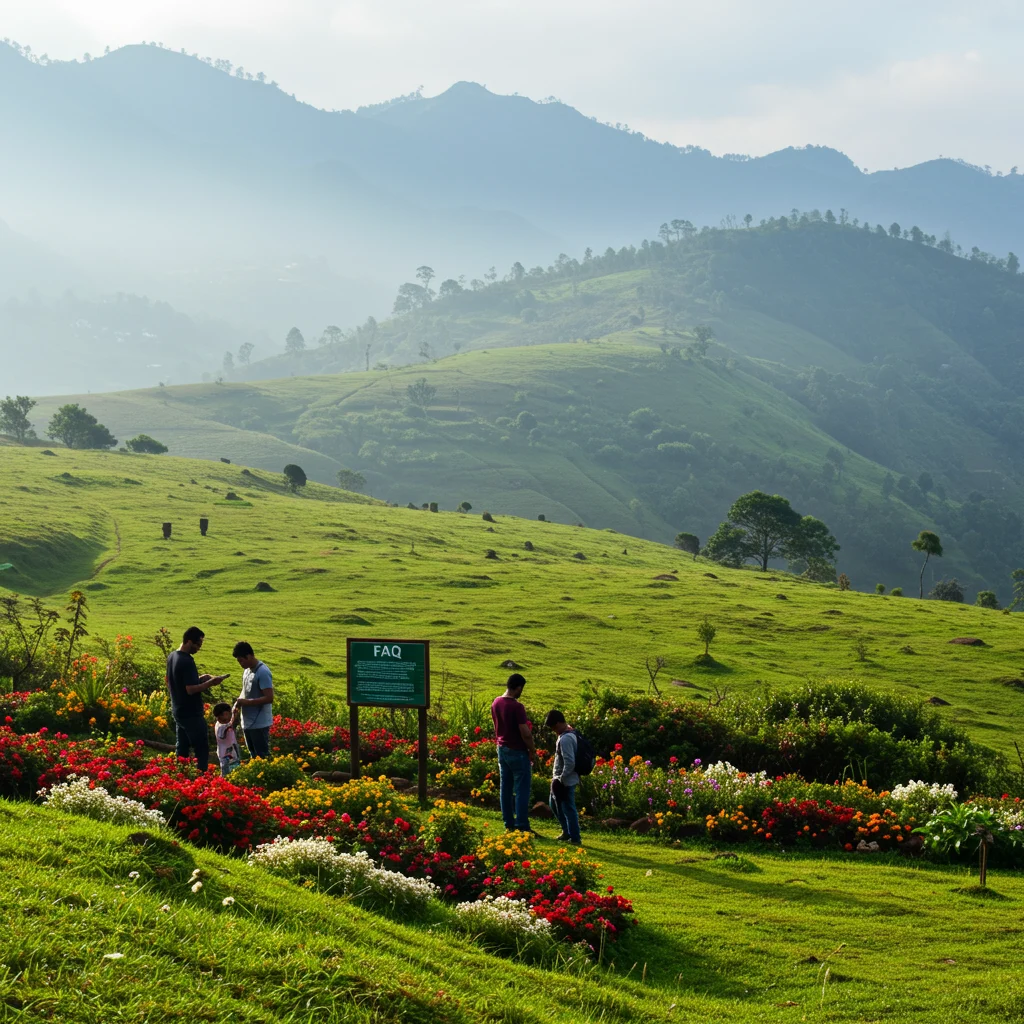
Can You Visit Eravikulam With Kids?
Yes, the park is family-friendly, with easy trails and educational exhibits suitable for children. Supervision is essential, especially near wildlife and steep paths.
What Should You Do If You Spot Wildlife Up Close?
Maintain a calm demeanor, keep a respectful distance, and avoid sudden movements. Use binoculars or a camera zoom to observe safely.
Is Drone Photography Allowed in the Park?
Drone use is strictly prohibited within the park to protect wildlife and ensure visitor safety. Authorities may confiscate unauthorized equipment.
Are Pets Permitted Inside the Park?
Pets are not allowed in Eravikulam National Park. This rule safeguards both domestic animals and native wildlife from potential harm.
Visitor Reviews and Experiences
Learning from past visitors can enhance your own trip. Many travelers share practical tips and memorable moments from their time at Eravikulam.

Top Travel Tips from Past Visitors
- Arrive early to avoid crowds and enjoy better wildlife sightings
- Wear comfortable shoes for walking on uneven paths
- Carry binoculars for birdwatching and distant views
Common Mistakes to Avoid
- Ignoring park closure dates for calving season
- Forgetting essential documents like ID or booking confirmation
- Underestimating weather changes and not packing rain gear
How to Book on Viator
For a streamlined and secure booking experience, we recommend reserving your Eravikulam National Park tickets and guided activities through Viator. Their platform allows you to select dates, compare tour options, and receive instant confirmation.

To find tours, book activities, or secure your entry tickets, visit the Viator website. This ensures you access the latest information on availability, pricing, and park regulations.
Conclusion: Planning Your Perfect Eravikulam Adventure
Eravikulam National Park offers a rare opportunity to witness endangered wildlife, stunning landscapes, and vibrant local culture—all within a carefully protected environment. By planning ahead, respecting park guidelines, and choosing responsible travel options, we can all contribute to the preservation of this natural treasure.

For more expert tips and travel inspiration, visit Izase. We wish you a rewarding and unforgettable journey to Eravikulam National Park.
Disclaimer: This information is accurate to the best of our knowledge; however, there may be changes or mistakes. Please verify exact details on the Viator booking page.

